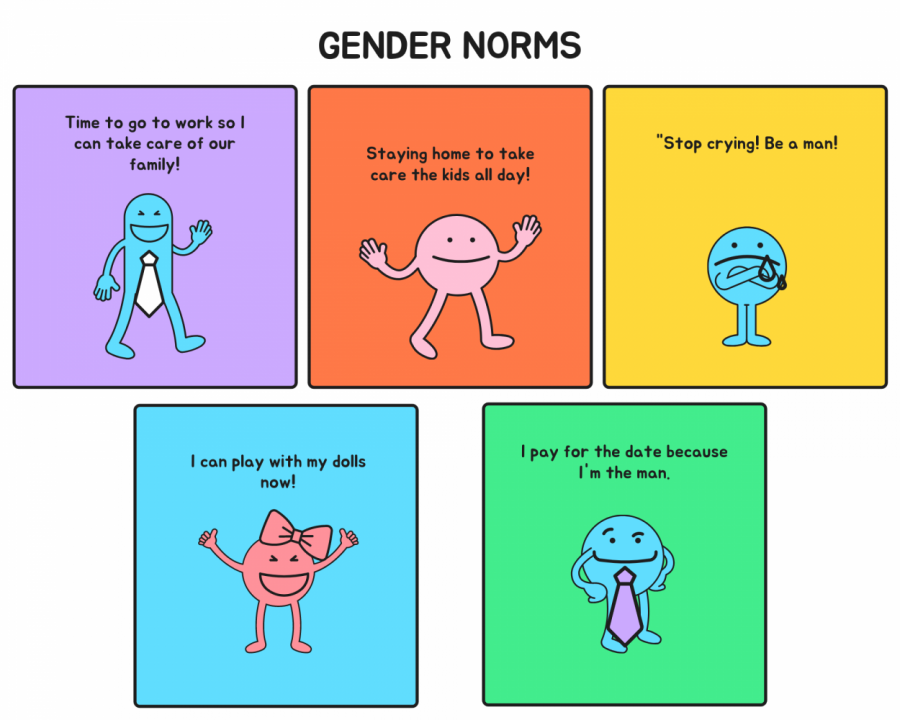Exercise is a vital function to maintaining a healthy life. Aerobic and anaerobic fitness are two types of physical activity, varying in oxygen availability and muscle exertion.
Aerobic activity involves sufficient oxygen intake and a low level of energy exertion sustained over a long period of time. This type of exercise burns fat and improves the productivity of lungs and muscles through prolonged motion.
Swimming, biking and slow-paced running are types of aerobic activity.
Senior Maile Romano chooses to exercise by running.
“I’ve been involved in cross country since seventh grade. The sport involves running for a long period of time. At practice, we run five to eight miles and at the meets we run three miles. I prefer long distances over short ones because it pushes me to pace myself and gives me a greater sense of accomplishment after completing a long workout,” said Romano.
Anaerobic activity is different from aerobic activity, involving a lack of oxygen and all-out effort for a short period of time. Such exercise is enabled by a dramatic intake of carbohydrates before a workout since sugar and glycogen are used as fuel.
Short sprints and weightlifting are examples of anaerobic activity, characteristics that senior Tiffany Atud is familiar with.
“Sprinting has been at the center of my life for many years and succeeding in track and field is my dream. My body has been built for short bursts of energy, especially since I’ve done weight lifting and interval training to specialize in short distance track events,” said Atud.
Some sports involve both anaerobic and aerobic activity, including soccer and basketball.
Junior Kelli Keahiolalo said, “I play soccer, which involves prolonged running and some bursts of speed. Now that I run sprints in track, I know what type of running I am improving and hope to increase my speed for the sake of exceling in multiple aspects of soccer.”
Regardless of whether exercise is aerobic or anaerobic, being physically active improves overall health and quality of life.





























